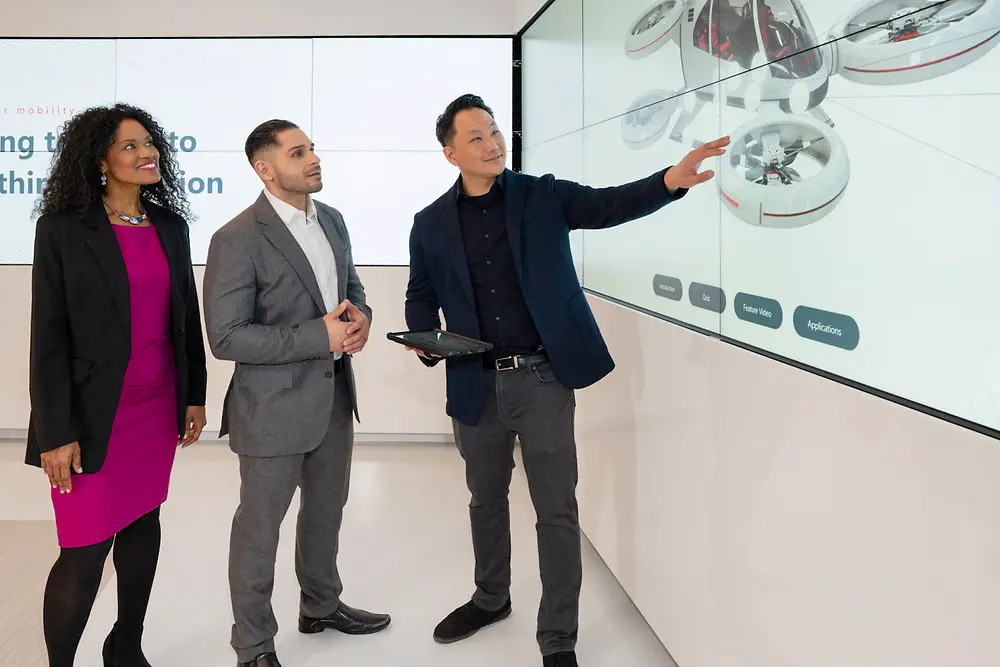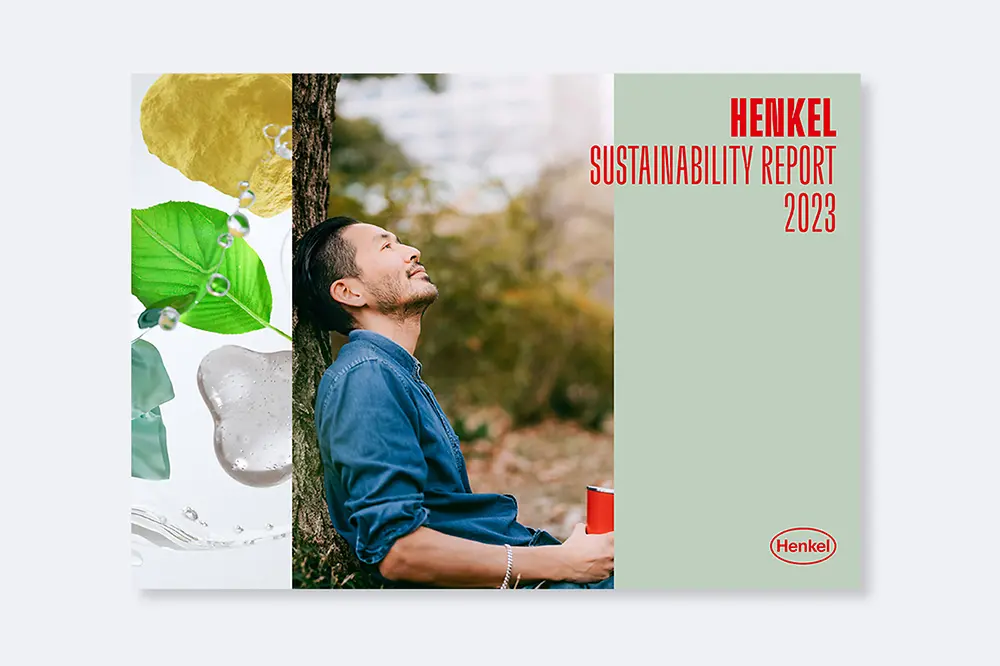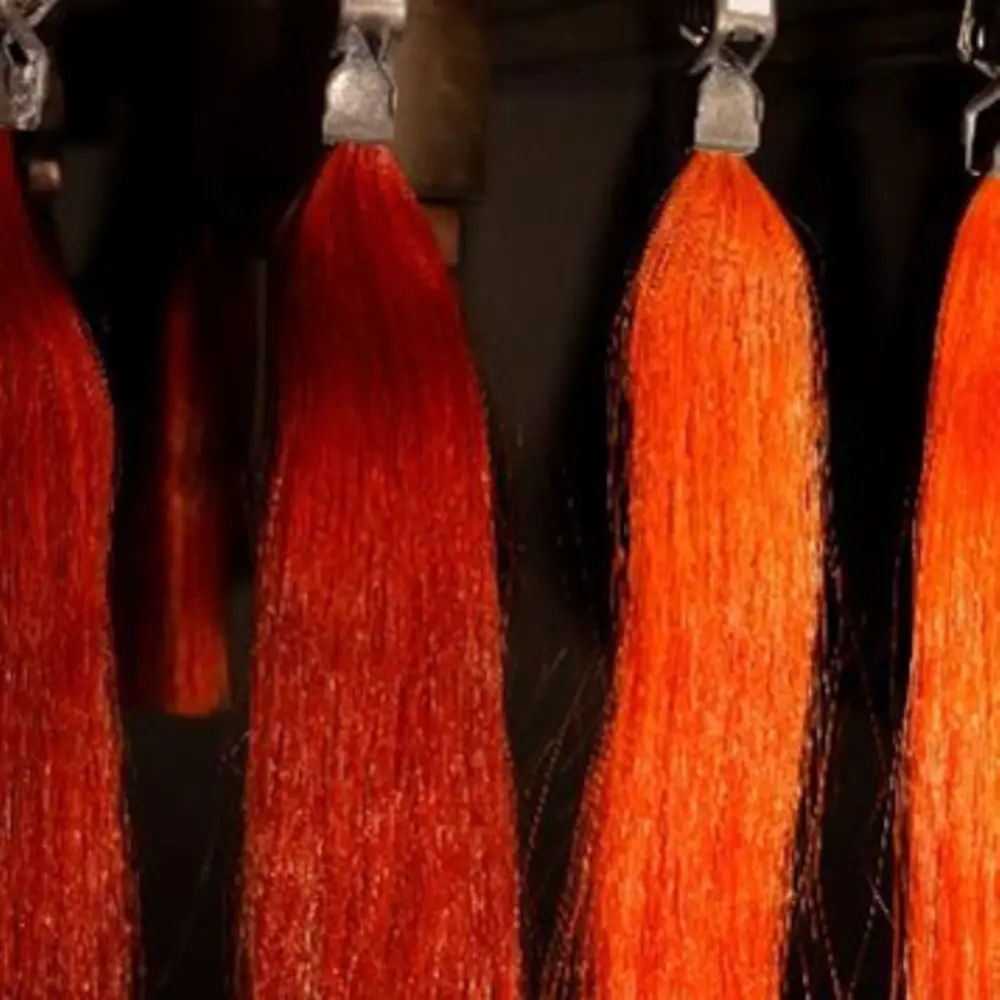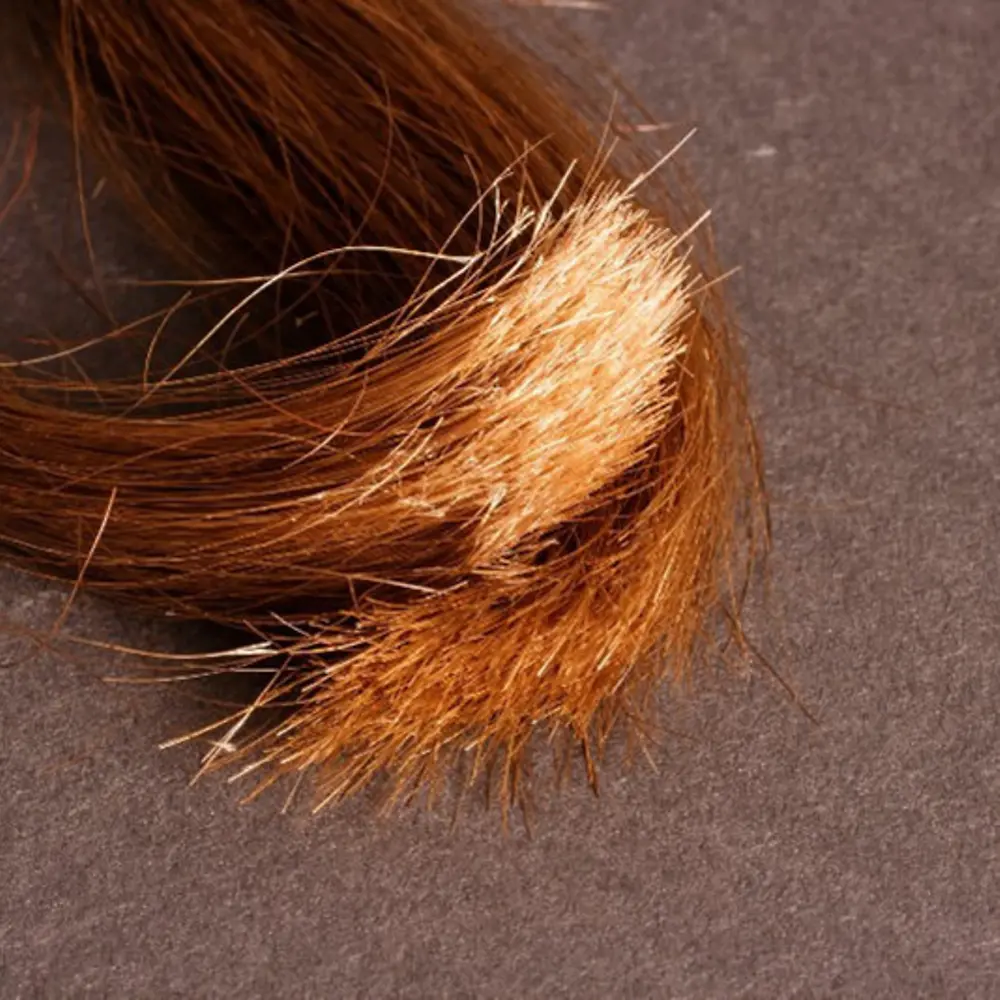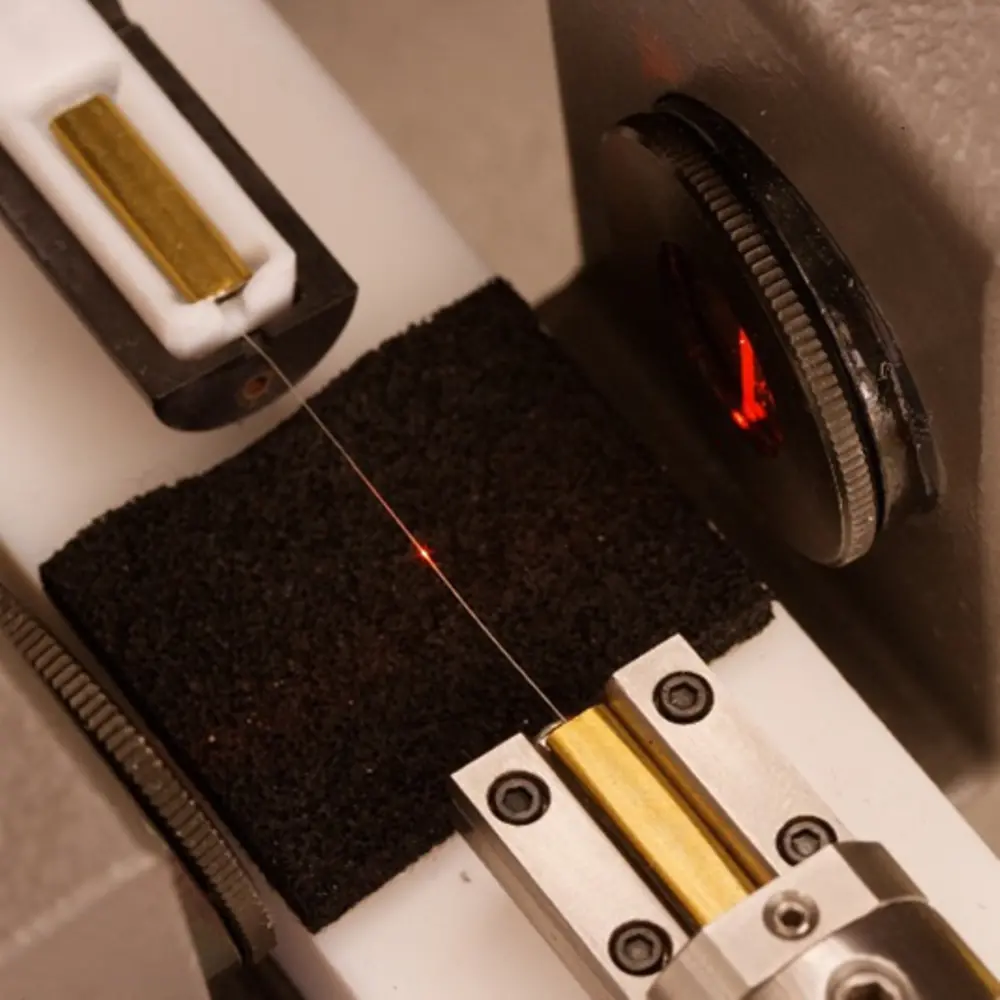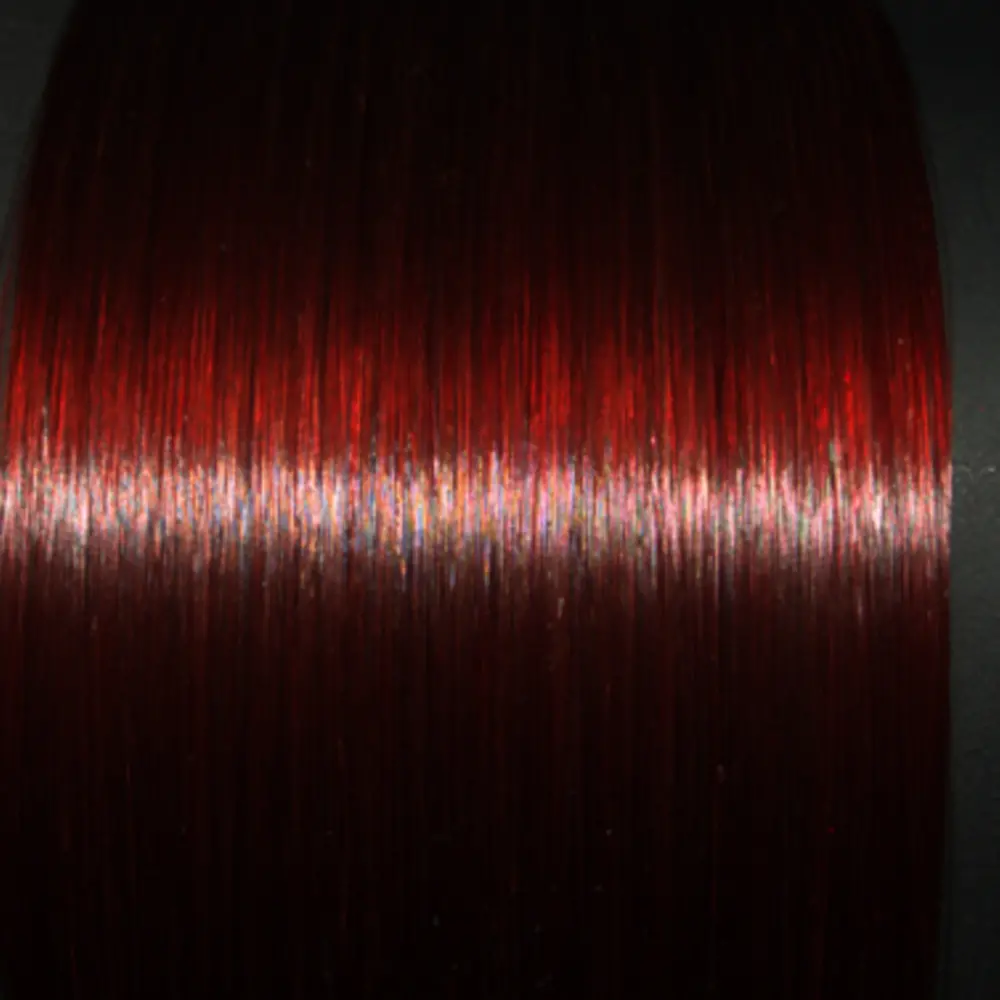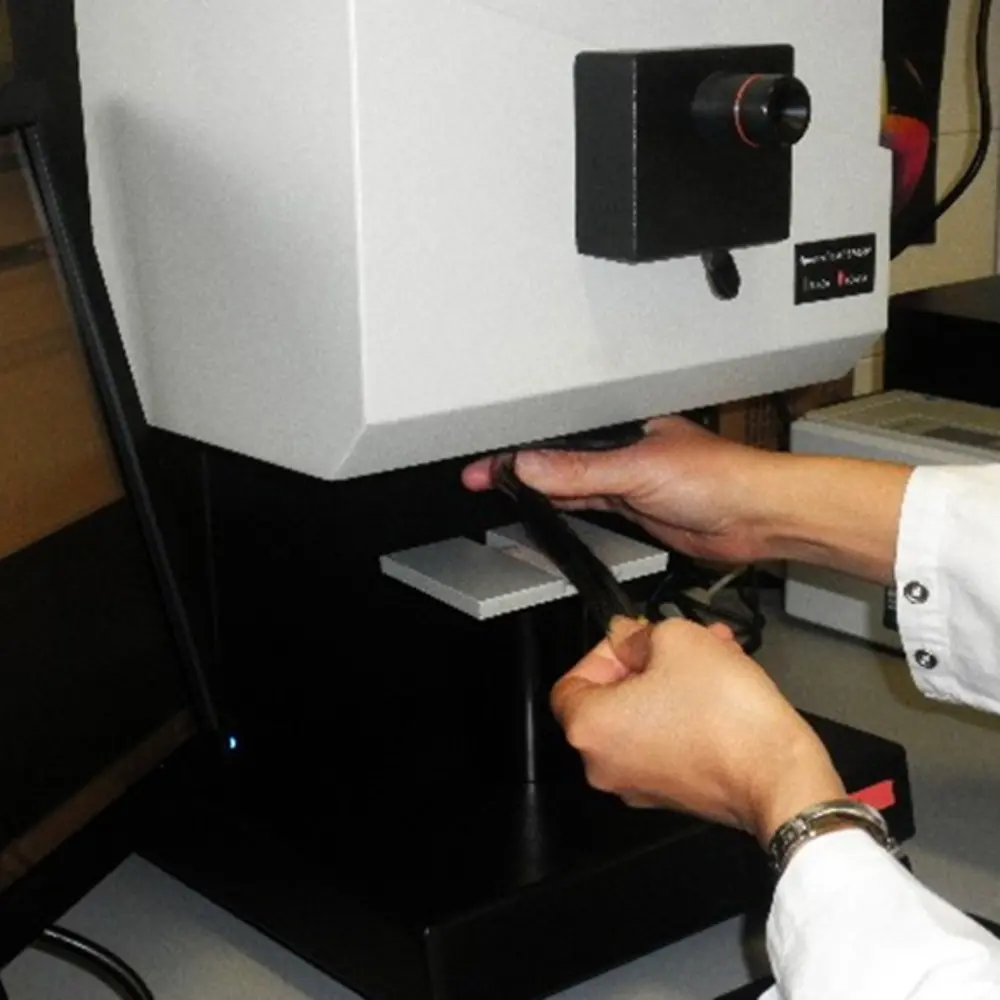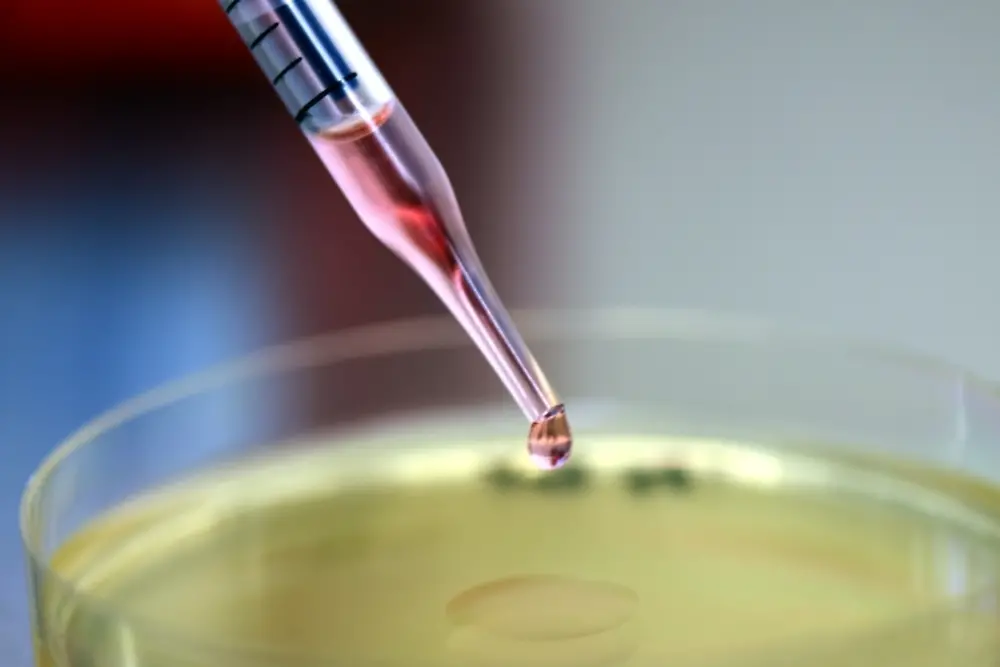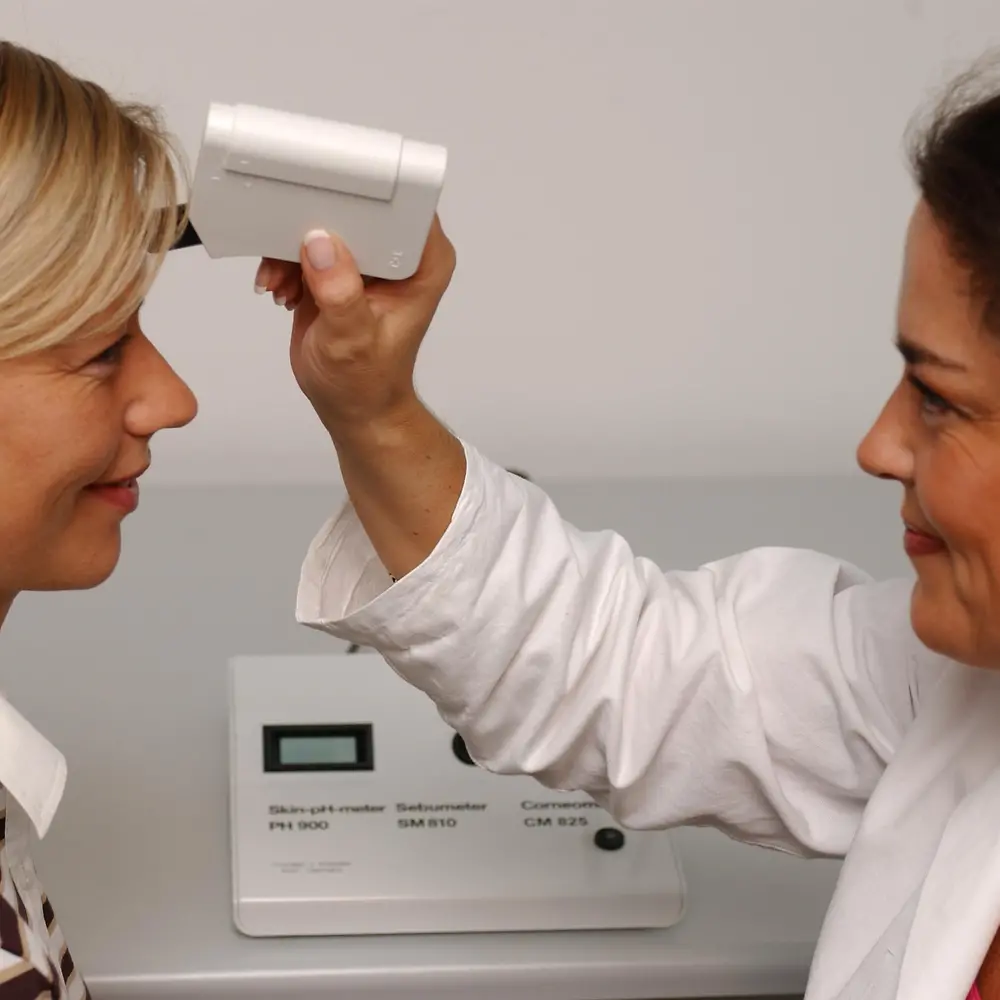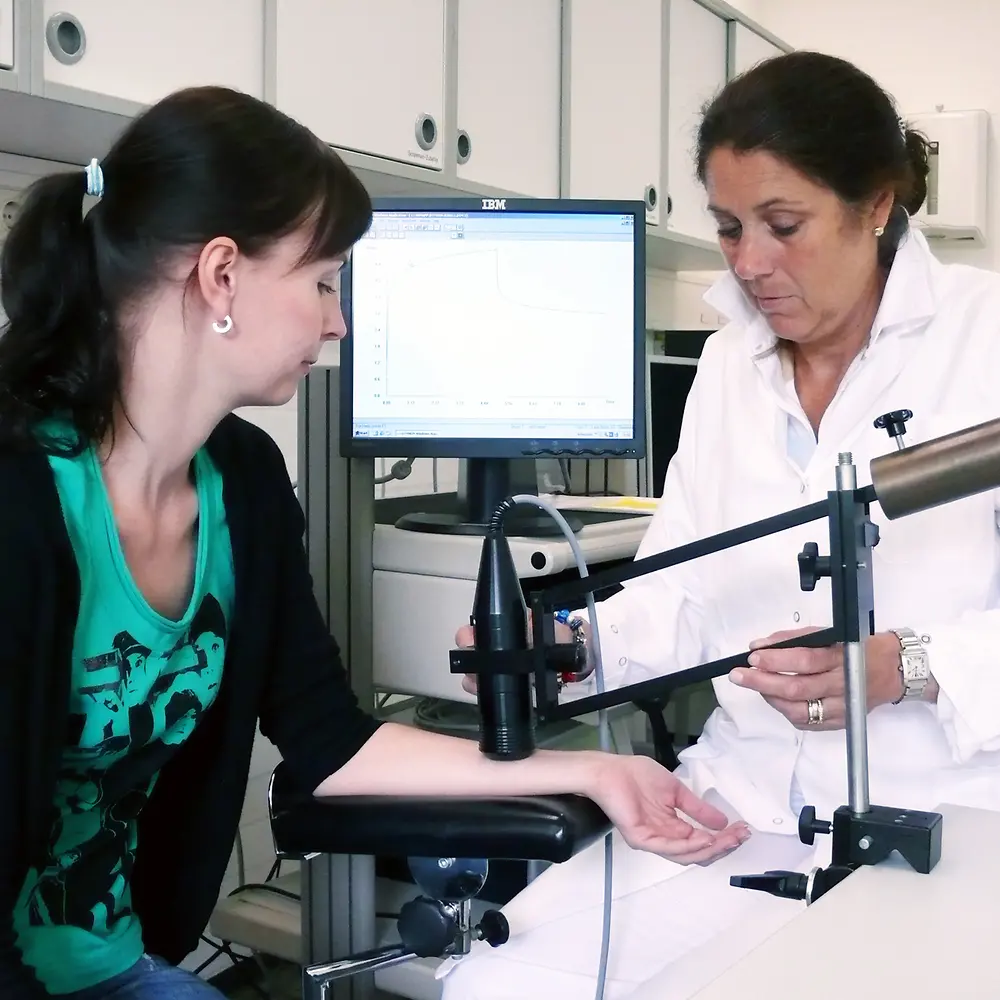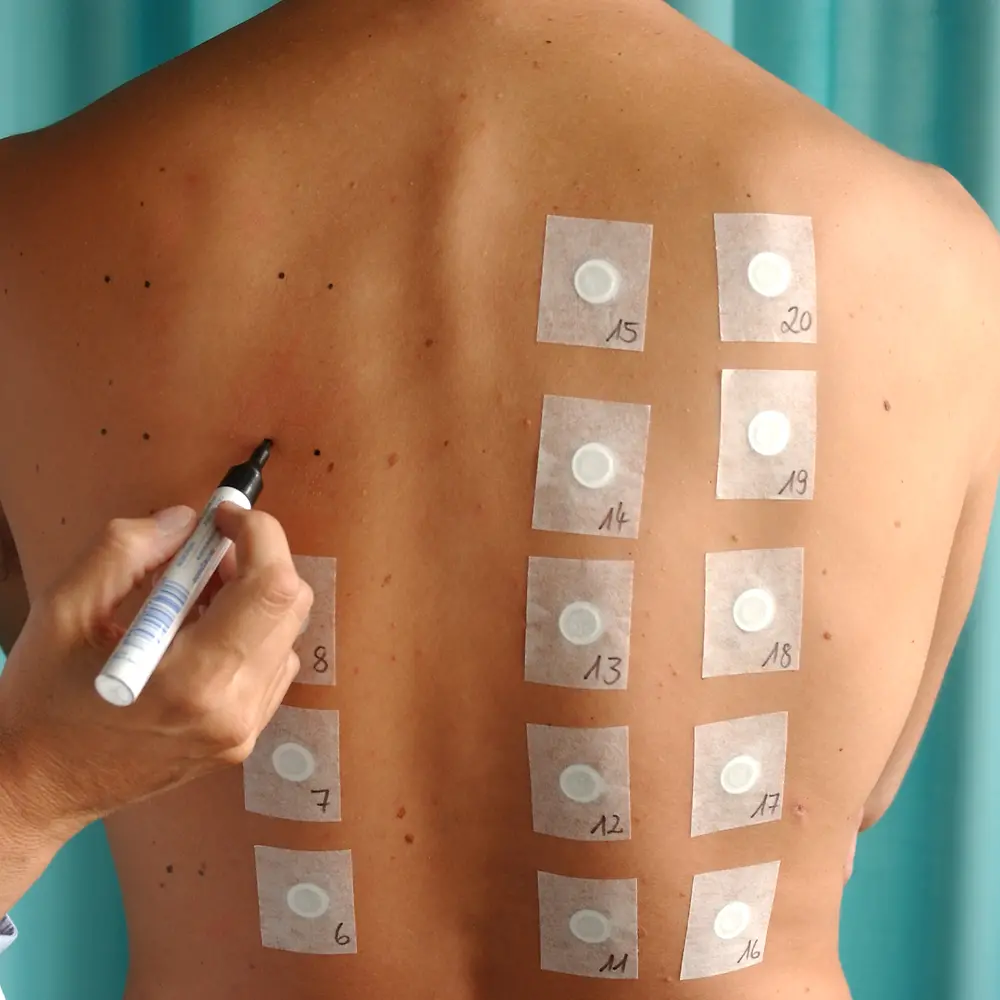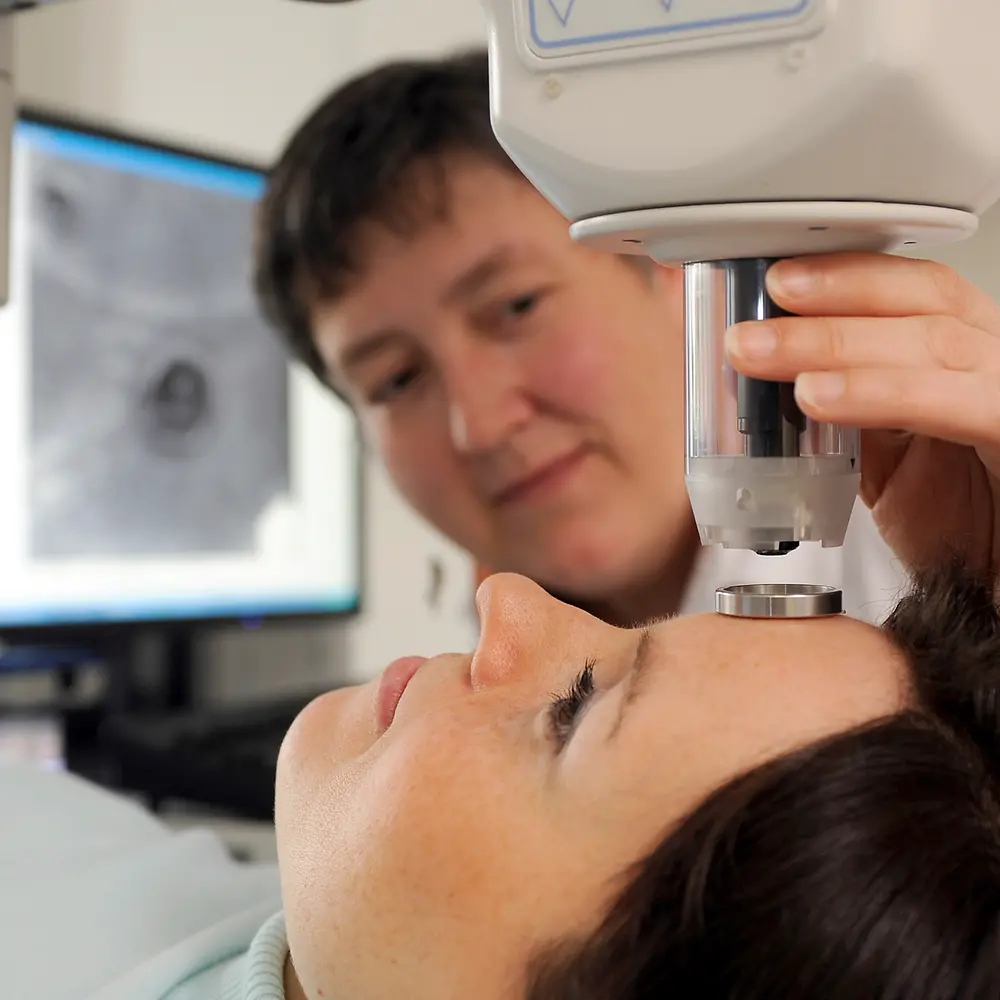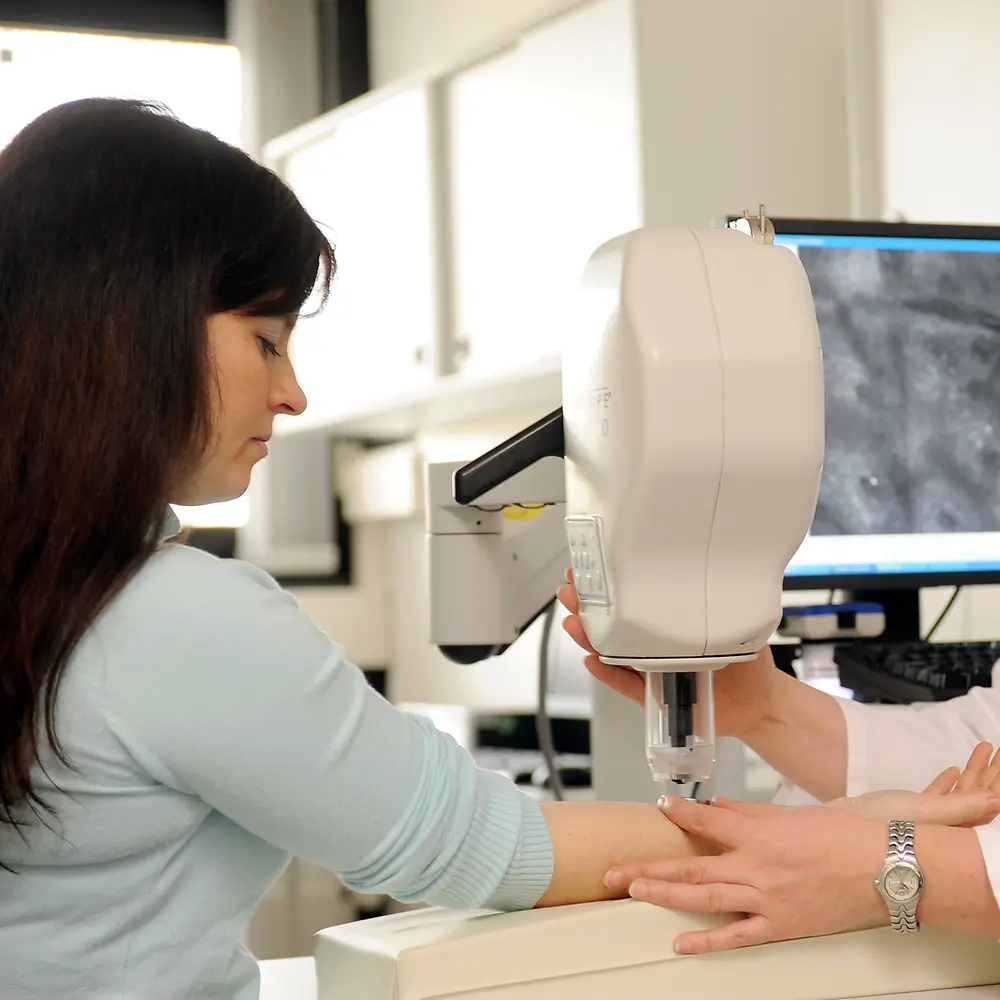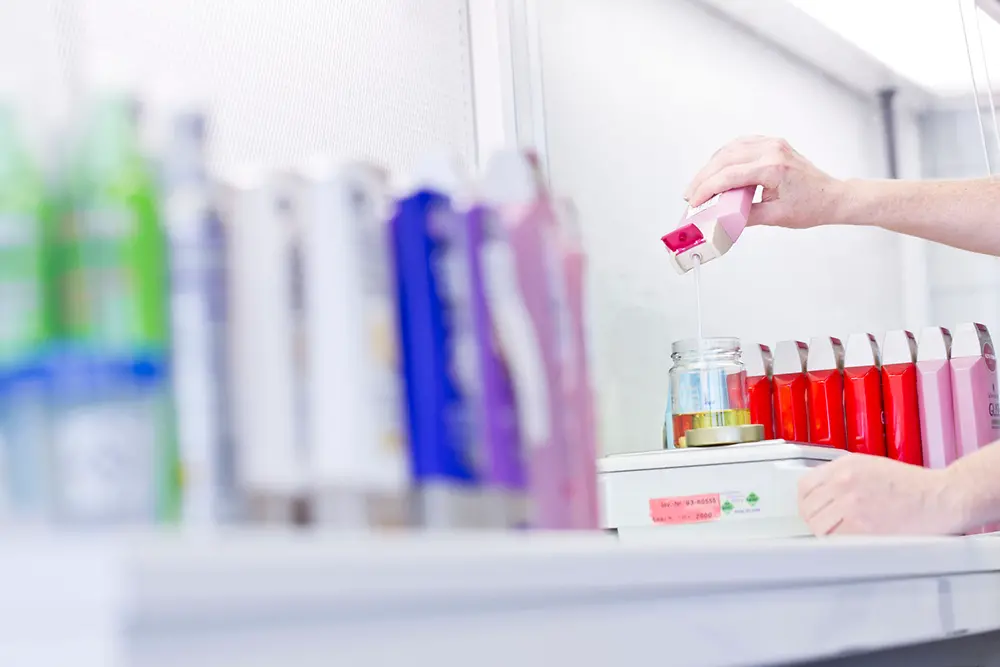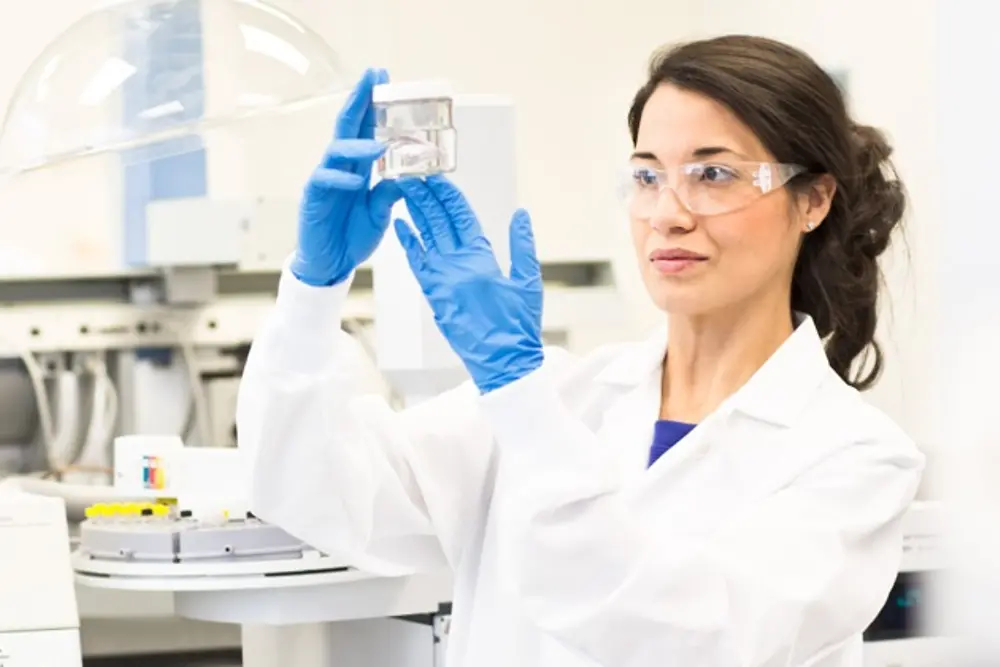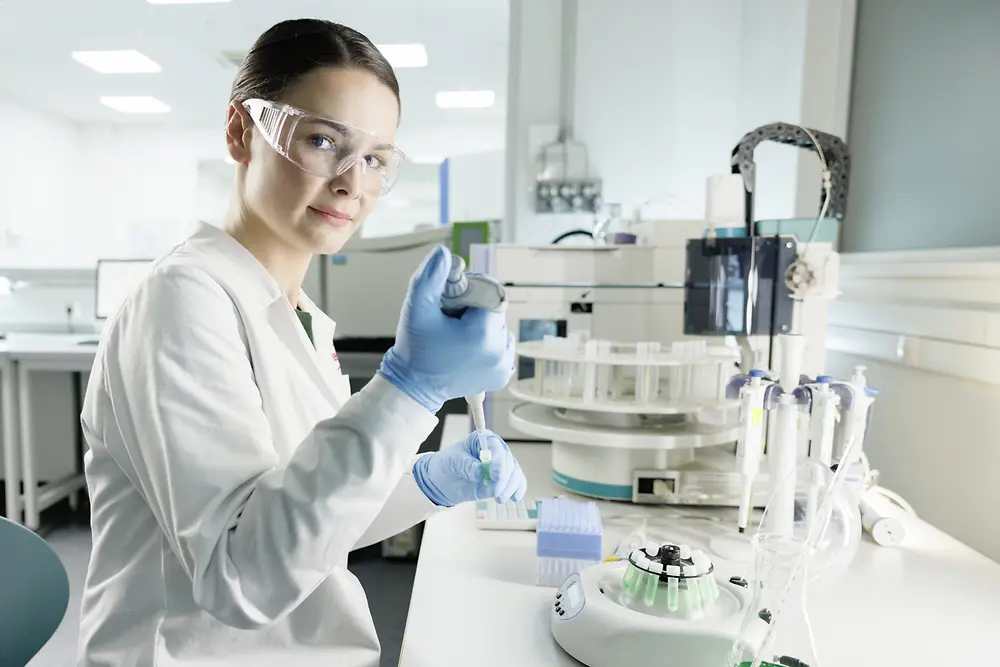1847730
Open Slideshow
View into skin using confocal laser scanning microscopy
Measurement of sebum on the forehead
Measurement of skin elasticity
View into skin using confocal laser scanning microscopy
Before being introduced to consumers, product performance and compatibility are evaluated in comprehensive clinical studies. Our studies are based on internationally recognized standards as well as on the assessment by our study participants. Participants in a study are chosen for their skin type, hair type, consumer habits, etc. For further characterization of our study participants a dermatologist will question them about their medical history.
Our clinical studies are conducted in specially equipped laboratories in order to prove, for example, the skin compatibility of a newly developed product. Generally recognized methods are used for testing skin compatibility, such as epicutaneous tests, but a wide range of use tests are also conducted.
Furthermore, contact-free imaging methods are used to prove changes regarding skin roughness or anti-wrinkle effects. Special devices are applied for the measurement of skin elasticity in order to show the skin tightening effects of our skin care products. Using a special microscope, we are able to look deep into the skin of our study participants; this harmless procedure enables us to measure product effects on the thickness of the epidermis and on the junction between the epidermis and the dermis.
The visible effects of a product on the skin are quantified using highly standardized macro photography combined with image analysis or expert judgment.
In North America, we conduct clinical studies at locations including Research@Elm, a testing lab in Stamford, CT that conducts scientific studies to learn how well our products work on participants’ skin or hair in order to provide the best possible products to our consumers.
